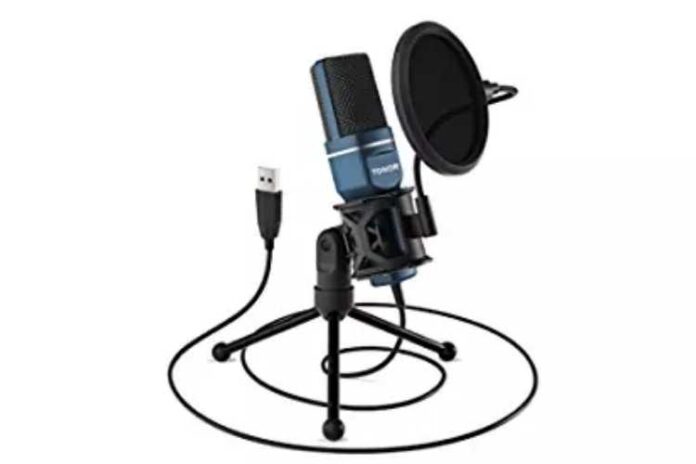Audio is crucial whether you’re making a short video or launching a new podcast. While material can be created with just a smartphone’s microphone, superb sound is essential for taking your project to the next level. whether you’re making a short video, launching a YouTube channel, or improving your podcast setup, a decent quality microphone is essential. The issue is that determining which microphone is ideal for you might be a difficult task. So, what should you check for while purchasing a microphone? Here are a few things to keep in mind when you buy a mic.
Type of Microphone
Microphones catch the energy of sound waves and can transform it into electrical energy in a variety of ways. There are two major ways to achieve this: with a condenser microphone or with a dynamic microphone.
Dynamic Mic – You’re probably imagining a dynamic microphone when you think of a musician or possibly your favourite comic on stage. In loud conditions, these microphones perform admirably. A wire coil sits adjacent to a magnet inside every dynamic microphone. The coil vibrates as sound waves contact it, producing an electrical current. Phantom power is not required for dynamic microphones. Dynamic microphones can withstand far more damage than other types of microphones due to their basic construction, making them the recording tool of choice for artists searching for endurance and durability. These may be used to record a musician on stage, someone being interviewed on the street, or even a guitar or drum kick.
Condenser Mic – Two capacitors are used in a condenser microphone to transform sound waves into an electric signal. His method is a little different, since it employs capacitor plates instead of coils and magnets. Condenser microphones are typically more sensitive than dynamic mics, picking up high frequencies that dynamic mics can’t. However, all of that enhanced sensitivity comes at a price. Condenser microphones are less robust and more costly than dynamic mics due to their comparatively complicated technology.
Frequency Response
The term “frequency response” is frequently used, yet not everyone understands what it implies. The frequency response of a microphone is the range of frequencies it can detect, which is generally 20hz to 20Khz. The frequency response of anything refers to how effectively the components of the microphone can duplicate the signals it is taking up, which is the practical portion you need to know. A sound will be “heard” by the microphone, which will then be flawlessly converted into an electrical signal and delivered to the recorder. In actuality, some vibrations are lost along the route, and some data is never recorded in its whole. Before you choose a microphone, consider what you’ll be recording.
Impedance
The receptiveness of a microphone to AC current or audio signal is measured in ohms. When utilizing cables longer than roughly 16 feet, low impedance microphones (600 or below) are superior at keeping audio quality. A high impedance indicates that the microphone’s other components are of poor quality.
Attenuation Switch
Have you ever been curious about the functions of the switches on the back of a Rode Videomic? Attenuation switches are the switches on the back of the device. A microphone’s attenuation switch lowers the mic’s output volume by a particular amount. The microphone becomes four to sixteen times quieter than normal as a result of this.
The Best Affordable Mic In The Market
TONOR TC-777 USB Mic is the best budget-friendly mic in the market. It is a Cardioid Condenser PC gaming mic that comes with a USB 2.0 data port, High-quality cardioid mic capsule and 3-legged base. Buy TONOR All-in-one Microphone set from Amazon https://amzn.to/3q7MUnT
Features of TONOR TC-777 USB Mic
1. Easy Plug and Play:
2. TONOR TC-777 USB Mic has a cardioid pickup pattern that captures the clear, smooth and crisp sound.
3. Easy to work and carry.
4. Easily Detachable and Assemble.







